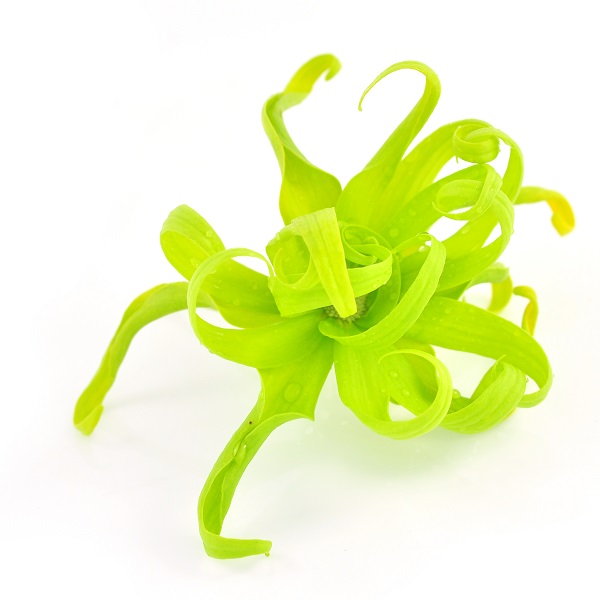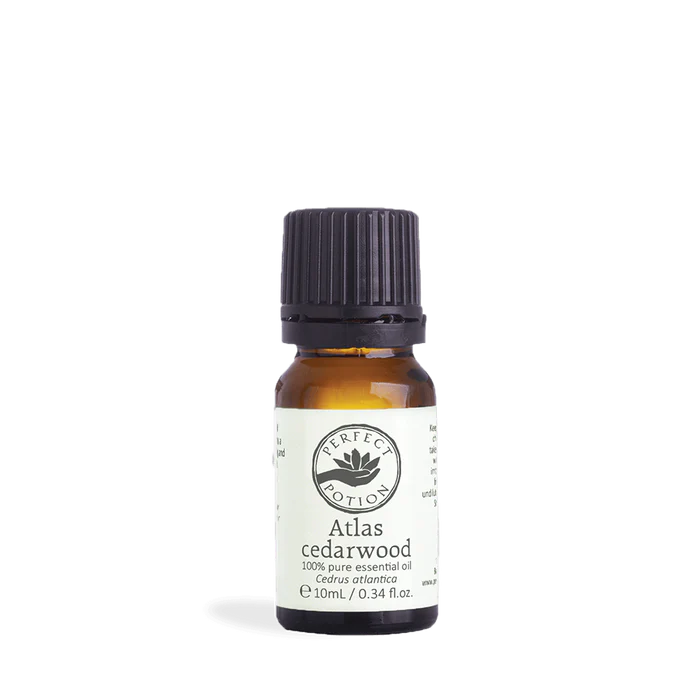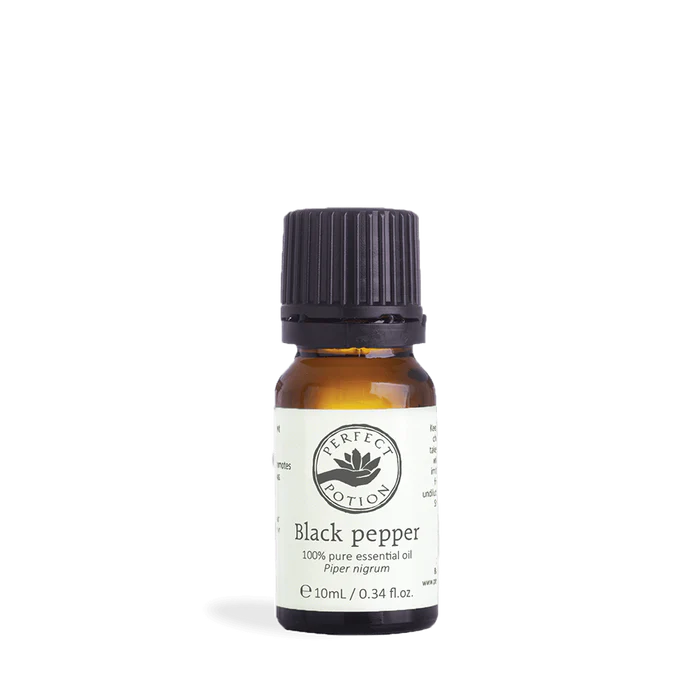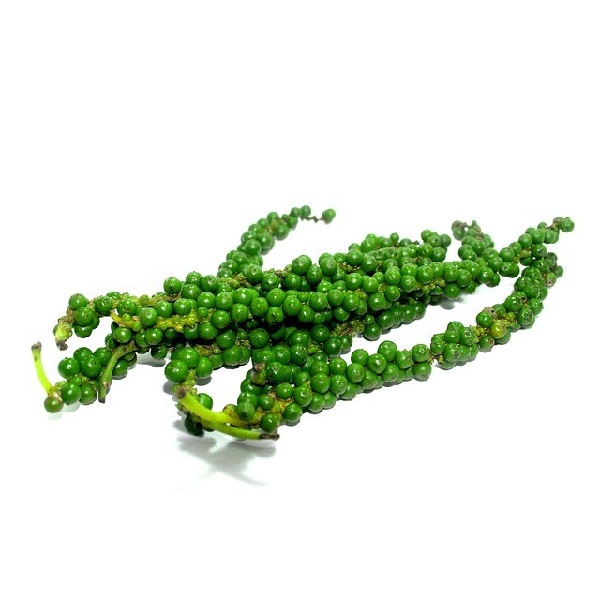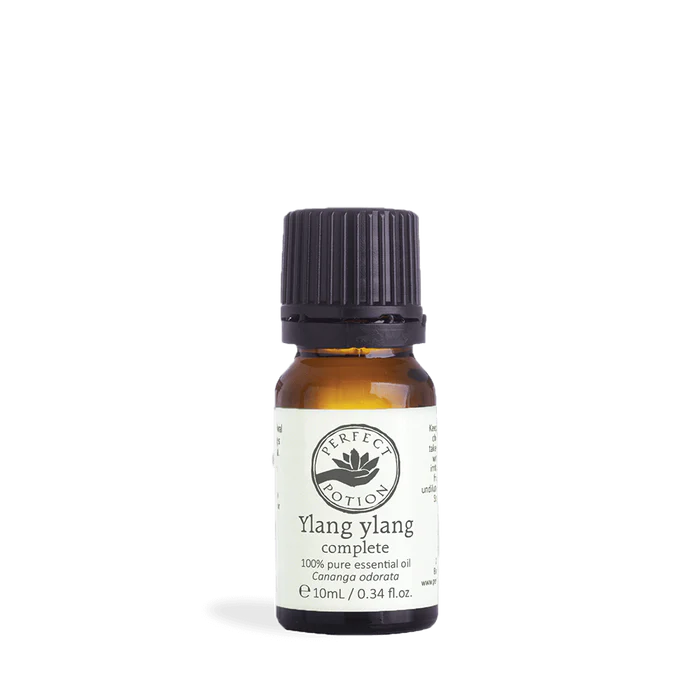Categories
Manufacturers
Featured [more]
Latest Amor Blog [View All]
More Information
Dehydration and CIRS – Chronic Inflammatory Response Syndrome

The current biggest killer in the world (other than accidents) is chronic inflammation, which is the route cause of most diseases.
Do you often feel dehydrated when you wake up?
One of the main triggers of inflammation is dehydration – and when you consider that during the night we lose 0.5 to 1 litre of water through respiration and perspiration, we’re at more risk.
So, if we’re losing that much water per night, and then only drink a glass of water upon waking (typically 150-200ml) then we’re on the back foot before our day starts.
Do you find it challenging to drink enough water throughout the day?
On average, we as women should be drinking at least 2.7 litres of fluids per day – did I hear some eeks? Males should be drinking around 3.7 litres!
Don’t panic, this includes all fluids, not just water, and about 20% comes from our food we eat.
| 2.7 litres | |
| Less 20% | -0.54 litres |
| 2.16 litres | |
| Less 600ml upon waking | -0.6 litres |
| 1.56 litres |
= another 6 drinks during your day if your average cup is 250ml.
Now, that 600ml water upon waking should ideally be before having any food or drinks containing milks (as they are foods). And, if you have lemon in your water, or the electrolyte recipe below, then you are not only rehydrating, you are refreshing and stimulating your stomach, liver, gall bladder and pancreas before breakfast hits. If you’re prone to asthma and sinus inflammation, your lungs and nasal passages will thank you too.
I find it easier to fill up my largest glass (400ml) the night before with my Electrolyte recipe and put it on my bedside table to infuse overnight. That way I can also sip it in the night if I wake up feeling dry. When I wake up I drink it (whilst rushing to the bathroom to pee) and when it’s empty, I refill it to sip it whilst in my morning bath

If you’re a caffeine lover, try and keep it at 3 per day and preferably before 2pm if you struggle with sleeping during the night, whether it’s falling asleep or staying asleep. More on that later…
There are many decaf options available now – personally I think Vittoria make the best decaf coffee pods and supermarket plunger coffee, and Rush Coffee who started up whilst we lived up on the Kaipara back in 2006 has the best decaf coffee beans available as I don’t like a bitter coffee. ?
Lately I’ve been drinking Dilmah’s Decaf Earl Grey – my stained teeth aren’t thanking me but my brain is! And I see they do a Decaf Green Tea too – I haven’t tried it yet however do enjoy Rooibos which is naturally decaf.
Here’s the Electrolyte recipe which I have adapted over the years, originally from Lee Holmes’s book Heal Your Gut, 2015.
- 400ml cool boiled water (60-80degC)
- 3-4 slices of lemon
- 1 teaspoon of Himalayan crystal salt
Add salt to glass, add water and stir until dissolved, then add lemon slices and leave to infuse overnight.
The original recipe uses Celtic Sea Salt so if you have that handy, use it as it is slightly higher in magnesium and potassium and lower in sodium, however it’s not always easy to come by which is why I use the pink Himalayan salt (which is higher in iron and sodium) – I don’t eat a lot of processed foods or add salt to cooking so this is my main source of salt. Both salts also include trace mineral.
FYI - Signs of sodium deficiency:
- muscle weakness
- sympathetic nervous system is stressed
- adrenal glands work overtime
- poor sleep
- high blood pressure / low blood pressure depending on your potassium intake.
- low immune system
- sinus allergies
- Low hydrochloric acid in the stomach
Caffeine also removes sodium from our system.
How much healthy salt per day?
1 tsp per day for people who are not exercising, otherwise 2 tsp per day. If you eat a lot of processed foods, you will want to look at the quality of the added salt in your foods. These calculations exclude sodium that is naturally occurring in food.
So back to sleep. What else causes sleep disruption?
If you’re waking up with hot flushes and night sweats and you’re not going through perimenopause or menopause, then it’s time to look at your pancreas and what it isn’t doing. Most of you will know that your pancreas controls your insulin levels, however, it also provides your pancreatic enzymes.
| Enzyme | Breaks Down |
| Amylase | carbohydrates / starches |
| Lipase | fats |
| Protease | protein peptide bonds |
| Elastase | elastin |
| Ribonuclease | RNA into smaller components |
| Deoxyribonuclease | DNA into smaller components |
| Gelatinase | gelatin |
| Phytase | phytic acid an indigestible organic form of phosphorus |
| Pectinase | pectin (plant sugar) |
| Lactase | milk sugar lactose into glucose and galactose |
| Maltase | maltose sugar into glucose |
| Sucrase | sucrose into glucose and fructose |
And if these little miracle workers aren’t working, then there’s a whole lot of not breaking down going on putting more stress on your small intestine to do the work and leads to malabsorption syndrome and leaky gut… I’ve been down that path and don’t recommend it! It took me years to get my gut working properly again, only to stuff it up with a parasitic infection whilst travelling thru Europe and having to do it all over again!
And that leads us back full circle to CIRS.
Chronic Inflammatory Response Syndrome is essentially when the body says ENOUGH! after being infiltrated by a biotoxin.
Biotoxins are considered to be any toxic substance that has a biological origin and include the following:
| Biotoxin | Source |
| Apitoxin | honey bee venom, injected via the sting |
| Cyanotoxins | produced by cyanobacteria |
| Cytotoxins | substances toxic at the level of the cell (kills individual cells) |
| Endotoxins | substances that are released from bacteria |
| Haemotoxins | substances that are carried in the bloodstream and target red blood cells |
| Mycotoxins | produced by fungi |
| Necrotoxins | substances that cause tissue destruction via cell death and are carried in the bloodstream. |
| Neurotoxins | substances that affect the nervous system. |
| Phytotoxins | substances that originate from plants |
| Zootoxins | substances that come from animals (snakes, spiders, ticks, parasites) |
They include metabolites of living organisms, products of the decomposition of dead organisms and materials that become toxic through their metabolic activity.
Exposure to biotoxins can occur through ingestion, inhalation, bites and injection of venom (spider or tick for example), contact with contaminated surfaces or direct contact with contaminated water or food or being released into the environment via a type of spore.
They can cause a variety of signs and symptoms depending on the type and severity of the toxin involved and can result in both acute and chronic toxic diseases affecting multiple systems and organs. Health issues can range from mild irritation to severe illness or death.
Whilst some appear to have no advantage for the organism making them (they might be a waste product, for example), most are produced to assist with two main activities – predation and defence against predation by other species, and so have very important roles in the life cycle of the organism.
Epstein Barr Virus (EBV) is considered to be a biotoxin. If you don’t know it, it’s common name is Glandular Fever (infectious mononucleosis) and is part of the Herpes virus group. It’s linked to Chronic Fatigue Syndrome, Throat and Nose cancers and Multiple Sclerosis (MS), as well as increasing the risk of Auto-Immune diseases including rheumatoid arthritis and turning on a switch for Coeliac Disease.
So where to from here...?
Next week I complete my practitioner upskilling on Bioregulatory Systems Medicine for Biotoxin-Related Illness using a system of healing and cleansing the body that is gentle and effective known as Homotoxicology created by Dr Reckeweg which I have been using since 2000.
Homotoxicology is an extensively researched practice, that studies the influences of toxic substances in the human body, where symptoms and disease are seen as a result of the biological resistance to toxic substances.
It’s broken into 6 Phases which are represent the ability of the body to cope with toxins. These are represented in the Six-Phase Table and I’ll use the Gastrointestinal and Immune Systems as examples:
- Excretion: In this phase, the body is able to cope adequately with the toxins through excretion. Examples of this phase are Heartburn and Susceptibility to infections.
- Inflammation: A fever is the best example of the inflammation phase. A fever is the natural attempt of the body to neutralise toxins that it cannot adequately removed by excretion. Examples of this phase are Gastroenteritis, gastritis and Weak immune system, acute infection.
- Deposition: The body stores the toxins if they still cannot be removed. Usually asymptomatic, when the proper treatment is administered, however, one of the first signs that it is working is symptoms of disease. This is said to be because these toxins are being eliminated out of the body. Examples of this phase are Hyperplastic gastritis (benign tumours) and Weak reactions.
- Impregnation: After a period of time, the toxins build up and the body becomes “impregnated” by this. They become part of the connective tissue itself and may cause tissue damage. During this stage, severe symptoms can occur. Examples of this phase are Chronic gastritis, malabsorption and Autoimmune disease, immunodeficiency, chronic infections.
- Degeneration: During this phase, organ degeneration occurs as the built up toxins start destroying large cellular groups within the organs. Examples of this phase are Atrophic gastritis, liver cirrhosis and AIDS.
- Differentiation: At this stage, toxic cellular groups start to “differentiate” or distinguish themselves as distinct cell form.s. At the extreme end of this phase, Malignancies such as tumours start to form. Examples of this phase are Stomach cancer, colon cancer and Slow reactions.
The healing process is based on the 3 pillars of Homotoxicology which are:
- Drainage & Detoxification
- Immune modulation
- Cell & Organ Support
If this sounds like something you would like to explore to work on your chronic inflammation, then please book a consultation or give me a call.
Remember, if you experience any of these symptoms, seek medical advice promptly.
Bibliography
Himalayan salt - Wikipedia
Salt - Wikipedia
How much water should I drink a day? - Harvard Health
Kan, Peter - Vagus Nerve Masterclass
Holmes’s, Lee, Heal Your Gut, 2015.



